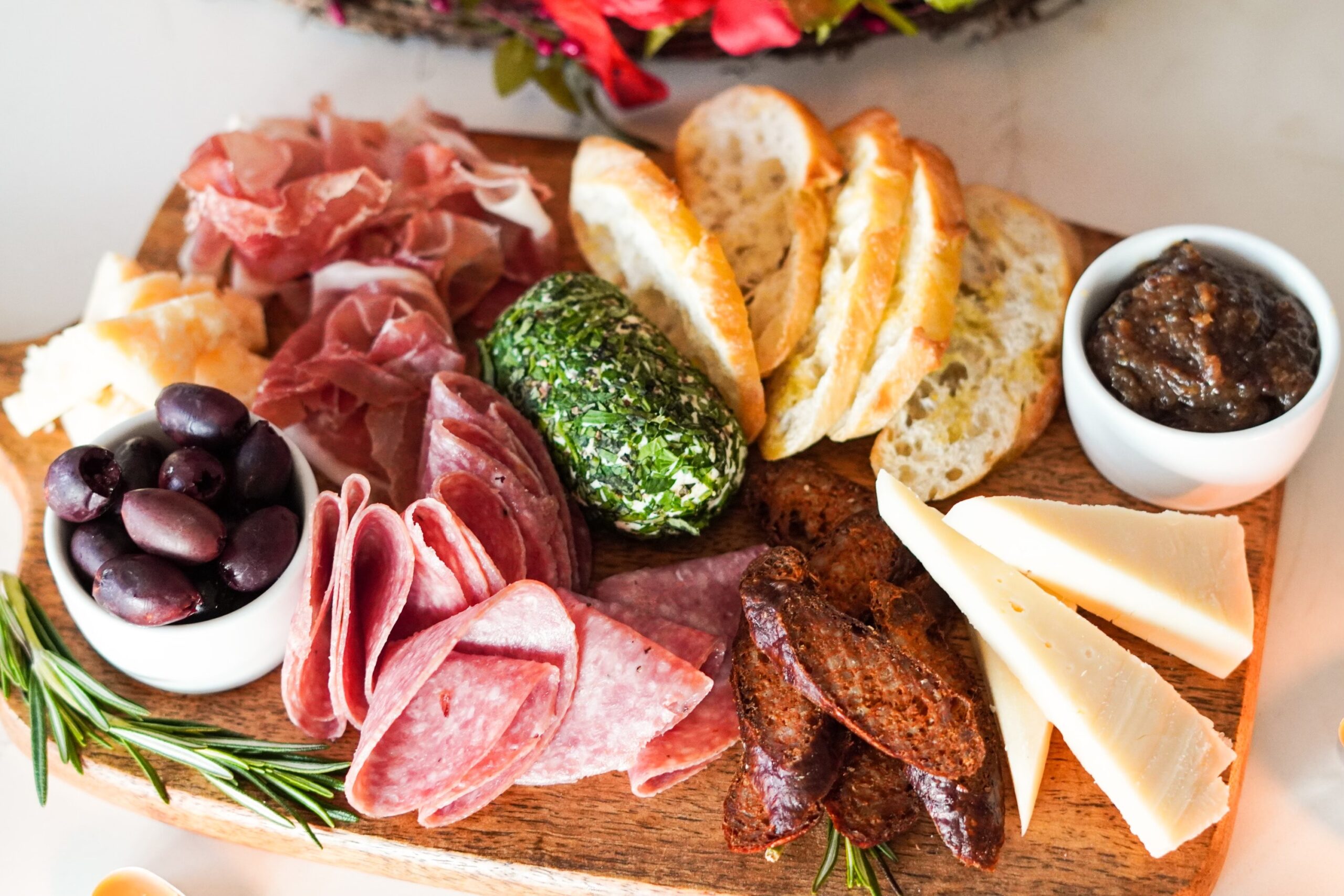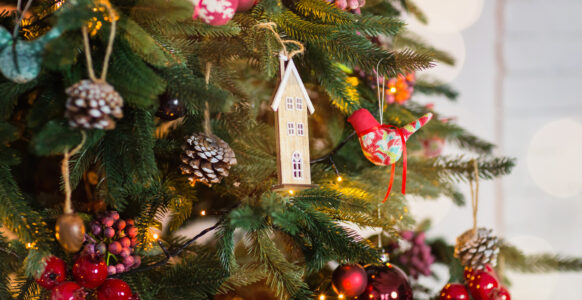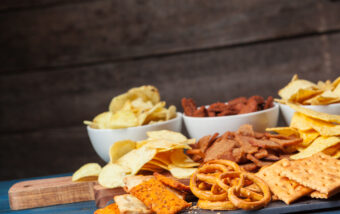Bella Breakdown
Nothing says expert hosting like a beautifully designed charcuterie board. A well-made charcuterie display is the perfect anchor for dinner parties and cocktail hours, drawing a crowd into munching and chitchatting. Assembling one can be somewhat daunting, though. For example, which crackers should be next to which cheeses, which dried fruits will accompany these spiced nuts, and do olives really need to be involved? We’re here to help.
For starters, ensuring a proper serving board is crucial to properly fit everything and prevent falling bits, whether you use a good old-fashioned wooden cutting board, a large slab of marble, or a serving platter. Consider wrapping the kitchen island in brown baking paper so the entire counter can be adorned with tasty treats and cute miniature chalk marker signs for an even more unique approach. This method allows you to fill the sink with ice as a convenient wine bottle or spritz chiller. Bonus points for easy cleanup!
Grocery shopping for the board items can be the most enjoyable and creative part. You need a good variety to please every guest’s palette and a selection that compliments each element. Start with the meats and cheeses you want to display—a couple of hard and sharp cheddars, a soft and creamy brie, goat cheese, gouda, and a really crumbly blue are some good places to start. You can peruse the cheese sections of your local Trader Joe’s or Whole Foods and buy small amounts of various types of cheeses. As for meats, thinly sliced prosciutto, cured salami, thick-cut pepperonis, and even dried jerkies are always safe options. For design, start with the cheeses that you plan to leave in block form with small cutting knives. Begin to fill in with sliced cheese options, and start layering and folding the meats alongside the sliced cheese.
Adding dimension and height to a board makes it all the more aesthetically pleasing. Small bowls and serving dishes are a great way to break up the otherwise one-dimensional and flat appearance of a cheeseboard. They also serve as the perfect vessels for honey, jams, dips, nuts, dried fruits, and anything that may spread or roll.
Crackers and bread should be last and least. These pieces are the easiest to re-supply, so it’s best not to overwhelm the board with them. Utilizing empty gaps, stuff torn pieces of baguette and ciabatta and layer various crackers amongst the slices of cheese.
You don’t have to be a specialist in flavor pairings to pull off the perfect platter; you just need to have enough options. For nuts, choose something spicy or salted and something candied. For fruits, add both fresh and dried options. With a couple of bottles of wine and an endless flow of warm bread, no guest will complain.




















